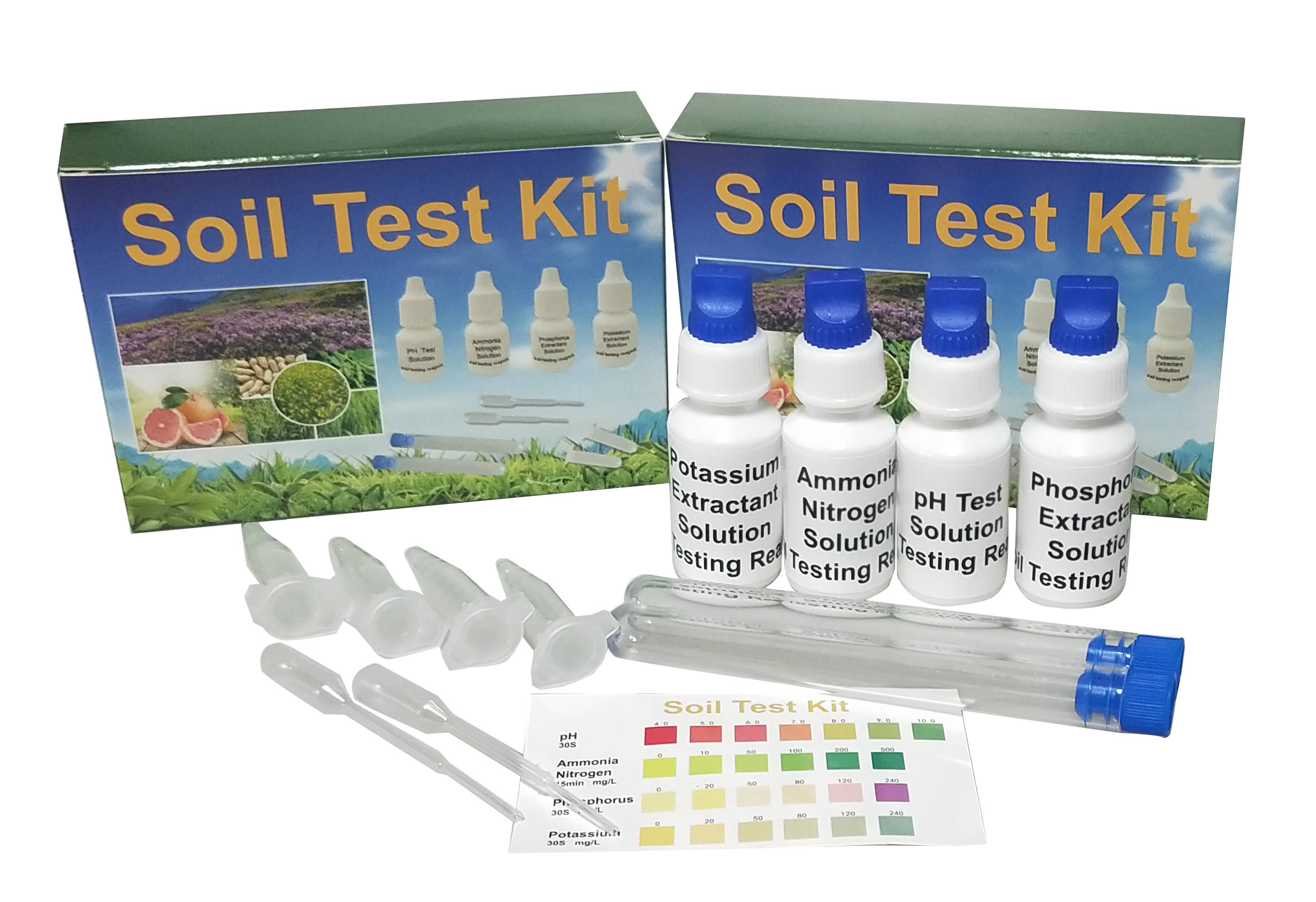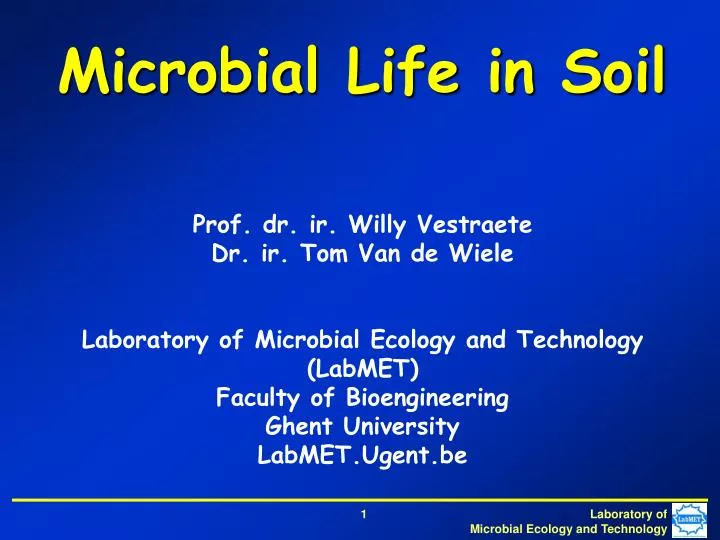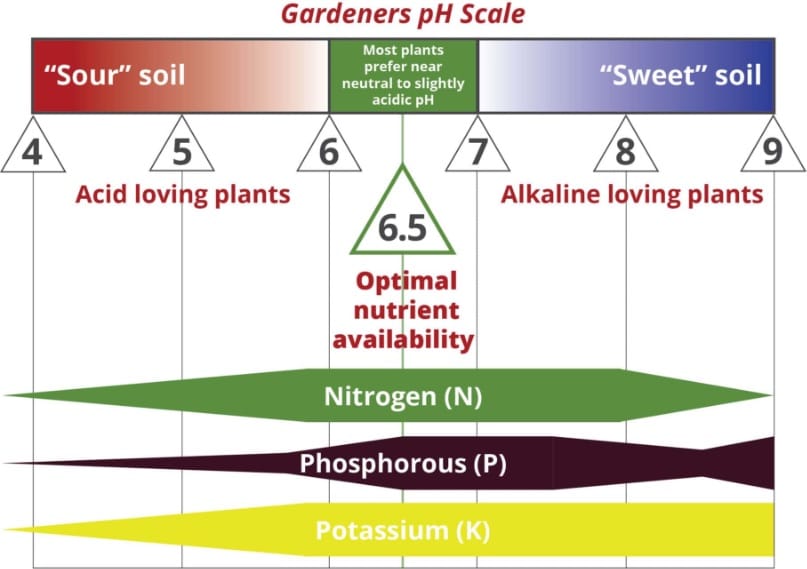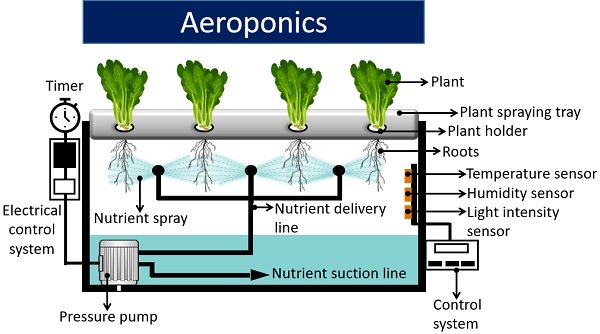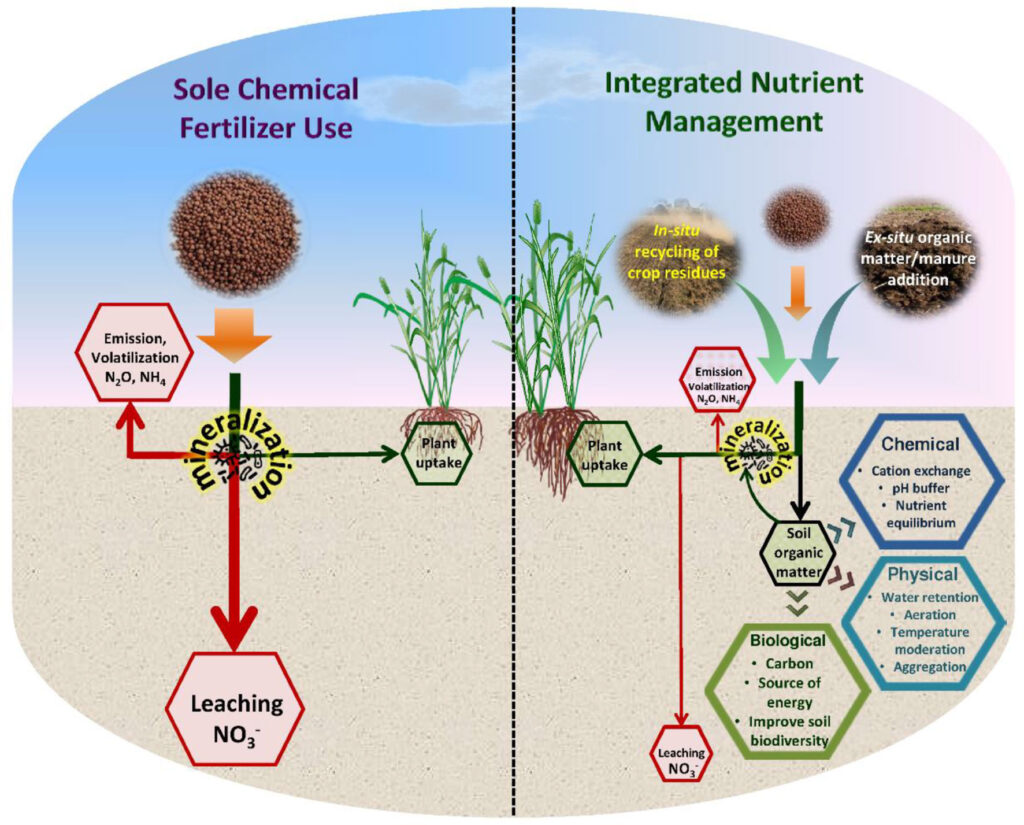
The Foundation of Life: Why Soil Health Matters
Soil. It’s more than just dirt beneath our feet. It’s the very foundation of our ecosystems, our agriculture, and ultimately, our survival. Healthy soil is teeming with life, a complex web of organisms working in harmony to provide us with essential services. But for too long, we’ve taken our soil for granted, leading to degradation and depletion. It’s time to change that. This article delves into proven strategies for improving soil health, transforming barren landscapes into thriving ecosystems.
Think of soil as a living, breathing entity. It’s not just inert matter; it’s a dynamic environment teeming with billions of microorganisms, including bacteria, fungi, protozoa, and nematodes. These tiny creatures play a crucial role in nutrient cycling, breaking down organic matter, and making essential nutrients available to plants. A healthy soil also supports a diverse range of macroorganisms, such as earthworms, insects, and arthropods, which further contribute to soil structure and fertility.
Unfortunately, conventional agricultural practices, such as intensive tillage, monoculture cropping, and excessive use of chemical fertilizers and pesticides, have severely damaged soil health. These practices disrupt the delicate balance of the soil ecosystem, leading to soil erosion, nutrient depletion, compaction, and reduced biodiversity. The consequences are far-reaching, including decreased crop yields, increased reliance on synthetic inputs, and environmental pollution.
But there’s hope. By adopting soil health improvement strategies, we can restore the vitality of our soils and create a more sustainable future. These strategies focus on enhancing the biological, chemical, and physical properties of the soil, promoting a healthy and resilient ecosystem.</p
Key Strategies for Soil Health Improvement
Several key strategies can significantly improve soil health. These strategies are interconnected and often work synergistically to create a positive feedback loop, where improvements in one area lead to further improvements in others. Let’s explore these strategies in detail:
1. Cover Cropping: Nature’s Blanket for the Soil
Cover cropping involves planting non-cash crops to cover the soil surface during fallow periods or between cash crops. These crops provide numerous benefits, including:
- Erosion Control: Cover crops protect the soil from wind and water erosion, preventing topsoil loss and preserving valuable nutrients. Think of them as a natural blanket, shielding the soil from the elements.
- Nutrient Cycling: Certain cover crops, such as legumes, can fix atmospheric nitrogen, converting it into a form that plants can use. Other cover crops can scavenge nutrients from deeper soil layers and bring them to the surface, making them available to subsequent crops.
- Weed Suppression: Cover crops compete with weeds for resources, reducing weed pressure and the need for herbicides. A dense cover crop canopy can shade out weed seedlings, preventing them from establishing.
- Soil Structure Improvement: The roots of cover crops help to improve soil structure by creating channels for air and water movement. They also bind soil particles together, increasing soil aggregation and reducing compaction.
- Increased Organic Matter: As cover crops decompose, they add organic matter to the soil, feeding soil organisms and improving soil fertility. This organic matter acts like a sponge, holding water and nutrients, and releasing them slowly to plants.
Choosing the right cover crop depends on the specific goals and conditions. Common cover crops include legumes (e.g., clover, vetch, peas), grasses (e.g., rye, oats, wheat), and brassicas (e.g., radish, turnips). A mix of cover crops can provide a wider range of benefits.
2. No-Till Farming: Minimizing Soil Disturbance
No-till farming, also known as zero tillage or direct seeding, is a conservation agriculture practice that eliminates or minimizes soil disturbance. Instead of plowing or tilling the soil, seeds are planted directly into the residue of the previous crop. This practice offers several advantages:
- Reduced Erosion: No-till farming leaves crop residue on the soil surface, protecting it from wind and water erosion. This is particularly important in areas with sloping land or erodible soils.
- Improved Water Infiltration: The undisturbed soil structure allows water to infiltrate more easily, reducing runoff and increasing water availability to plants.
- Enhanced Soil Biology: No-till farming preserves the soil ecosystem, allowing beneficial organisms to thrive. The undisturbed soil provides a habitat for earthworms, fungi, and other microorganisms, which contribute to nutrient cycling and soil health.
- Reduced Compaction: Eliminating tillage reduces soil compaction, improving root growth and water infiltration. Compacted soils restrict root growth and limit access to nutrients and water.
- Lower Fuel Consumption: No-till farming reduces the need for tractors and other heavy equipment, saving fuel and reducing greenhouse gas emissions.
Transitioning to no-till farming can be challenging, requiring careful planning and management. It’s important to select appropriate equipment, manage crop residue effectively, and control weeds and pests. However, the long-term benefits of no-till farming far outweigh the initial challenges.
3. Crop Rotation: Breaking the Cycle of Depletion
Crop rotation involves planting different crops in a planned sequence over time. This practice helps to break the cycle of nutrient depletion, pest and disease buildup, and weed infestation. Crop rotation offers several benefits:
- Improved Nutrient Cycling: Different crops have different nutrient requirements. Rotating crops can help to balance nutrient levels in the soil, preventing nutrient depletion and improving nutrient availability to plants. For example, rotating a nitrogen-fixing legume with a nitrogen-demanding crop can help to replenish soil nitrogen.
- Pest and Disease Control: Rotating crops can disrupt the life cycles of pests and diseases, reducing their populations and minimizing the need for pesticides. When a pest or disease is adapted to a specific crop, rotating to a different crop can break the cycle and prevent its buildup.
- Weed Suppression: Rotating crops can help to suppress weeds by disrupting their life cycles and creating a more competitive environment for crops. Different crops have different growth habits and competitive abilities, which can help to control weed populations.
- Improved Soil Structure: Different crops have different root systems, which can help to improve soil structure. For example, a deep-rooted crop can help to break up compacted soil layers, while a fibrous-rooted crop can help to bind soil particles together.
- Increased Biodiversity: Crop rotation promotes biodiversity by providing a variety of habitats for soil organisms. A diverse soil ecosystem is more resilient and better able to withstand stress.
Designing an effective crop rotation requires careful consideration of the specific crops, soil type, climate, and management goals. It’s important to choose crops that complement each other and provide a range of benefits to the soil.
4. Compost and Manure: Feeding the Soil Food Web
Compost and manure are valuable organic amendments that can significantly improve soil health. They provide a source of nutrients, organic matter, and beneficial microorganisms, feeding the soil food web and enhancing soil fertility. Compost and manure offer several benefits:
- Nutrient Enrichment: Compost and manure contain essential nutrients, such as nitrogen, phosphorus, and potassium, which are vital for plant growth. These nutrients are released slowly over time, providing a sustained source of nutrition for plants.
- Organic Matter Enhancement: Compost and manure are rich in organic matter, which improves soil structure, water-holding capacity, and nutrient retention. Organic matter also provides a food source for soil organisms, stimulating their activity and enhancing soil fertility.
- Improved Soil Structure: Compost and manure help to bind soil particles together, creating aggregates that improve soil structure and reduce compaction. Aggregated soils have better aeration, drainage, and water infiltration.
- Increased Water-Holding Capacity: Organic matter in compost and manure acts like a sponge, holding water and releasing it slowly to plants. This is particularly important in areas with limited rainfall or sandy soils that drain quickly.
- Enhanced Soil Biology: Compost and manure introduce beneficial microorganisms to the soil, such as bacteria, fungi, and protozoa, which contribute to nutrient cycling, disease suppression, and overall soil health.
When using compost and manure, it’s important to ensure that they are properly composted or aged to avoid introducing pathogens or weed seeds to the soil. It’s also important to apply them at appropriate rates to avoid nutrient imbalances or environmental pollution. Manure should be handled carefully to prevent contamination of water sources.
5. Reduced Chemical Inputs: Minimizing Harmful Impacts
Excessive use of chemical fertilizers and pesticides can have detrimental effects on soil health. These inputs can disrupt the delicate balance of the soil ecosystem, harming beneficial organisms and reducing soil fertility. Reducing chemical inputs is essential for promoting soil health and sustainability. Strategies for reducing chemical inputs include:
- Integrated Pest Management (IPM): IPM is a holistic approach to pest management that emphasizes prevention, monitoring, and biological control. IPM strategies include crop rotation, cover cropping, resistant varieties, and the use of beneficial insects and microorganisms. Chemical pesticides are used only as a last resort, when other methods have failed.
- Precision Fertilization: Precision fertilization involves applying fertilizers only where and when they are needed, based on soil testing and crop requirements. This can reduce fertilizer use and minimize nutrient runoff.
- Organic Farming Practices: Organic farming practices prohibit the use of synthetic fertilizers and pesticides, relying instead on natural methods to maintain soil fertility and control pests. Organic farming practices include crop rotation, cover cropping, composting, and the use of biological control agents.
- Promoting Soil Biology: Healthy soil is naturally more resistant to pests and diseases. By promoting soil biology, we can reduce the need for chemical inputs. Strategies for promoting soil biology include adding organic matter, reducing tillage, and using cover crops.
Reducing chemical inputs can improve soil health, reduce environmental pollution, and enhance the long-term sustainability of agriculture.
6. Mycorrhizal Inoculation: Harnessing the Power of Fungi
Mycorrhizae are symbiotic associations between fungi and plant roots. The fungi colonize the plant roots and extend their hyphae into the surrounding soil, forming a vast network that enhances nutrient and water uptake. Mycorrhizal inoculation involves introducing beneficial mycorrhizal fungi to the soil, which can improve plant growth and soil health. Mycorrhizae offer several benefits:
- Enhanced Nutrient Uptake: Mycorrhizal fungi increase the surface area of the plant root system, allowing plants to access nutrients that would otherwise be unavailable. They are particularly effective at absorbing phosphorus, which is often limiting in soils.
- Improved Water Uptake: Mycorrhizal fungi also improve water uptake by extending their hyphae into the surrounding soil, accessing water that is beyond the reach of plant roots.
- Increased Disease Resistance: Mycorrhizal fungi can protect plants from soilborne diseases by competing with pathogens for resources and stimulating plant defense mechanisms.
- Improved Soil Structure: Mycorrhizal fungi produce glomalin, a glycoprotein that helps to bind soil particles together, improving soil structure and reducing compaction.
- Enhanced Plant Growth: By improving nutrient and water uptake and protecting plants from diseases, mycorrhizal fungi can enhance plant growth and yield.
Mycorrhizal inoculation can be particularly beneficial in degraded soils or soils that are low in phosphorus. It can also be used to improve the establishment of plants in stressful environments.
7. Agroforestry: Integrating Trees into Farming Systems
Agroforestry is a land management system that integrates trees and shrubs into farming systems. This practice can provide a wide range of benefits, including improved soil health, increased biodiversity, and enhanced ecosystem services. Agroforestry offers several benefits:
- Erosion Control: Trees and shrubs help to protect the soil from wind and water erosion, preventing topsoil loss and preserving valuable nutrients. Their roots bind soil particles together, while their canopies intercept rainfall and reduce runoff.
- Nutrient Cycling: Trees and shrubs can cycle nutrients from deeper soil layers, making them available to crops. They also add organic matter to the soil through leaf litter and root decomposition.
- Improved Water Management: Trees and shrubs can improve water infiltration and reduce runoff, increasing water availability to crops. They also help to regulate the water table and prevent waterlogging.
- Increased Biodiversity: Agroforestry systems provide a habitat for a wide range of plants and animals, increasing biodiversity and enhancing ecosystem services.
- Climate Change Mitigation: Trees and shrubs can sequester carbon dioxide from the atmosphere, helping to mitigate climate change. They also reduce the need for fossil fuels by providing shade and reducing the demand for irrigation.
Agroforestry systems can be designed in a variety of ways, depending on the specific goals and conditions. Common agroforestry practices include alley cropping, silvopasture, and windbreaks.
The Path to Healthier Soils: A Continuous Journey
Improving soil health is not a one-time fix but a continuous journey. It requires a commitment to sustainable land management practices and a willingness to adapt and innovate. By adopting the strategies outlined above, we can restore the vitality of our soils and create a more sustainable future for agriculture and our planet.
It’s important to remember that soil health is interconnected with other aspects of environmental sustainability. Healthy soils can help to mitigate climate change, improve water quality, and enhance biodiversity. By investing in soil health, we are investing in a more resilient and sustainable future for all.
The journey towards healthier soils requires collaboration and knowledge sharing. Farmers, researchers, policymakers, and consumers all have a role to play. By working together, we can create a food system that is both productive and sustainable, ensuring that future generations have access to healthy food and a healthy planet.
Let’s embrace the challenge and work together to unlock the potential of our soils. The future of our planet depends on it.
